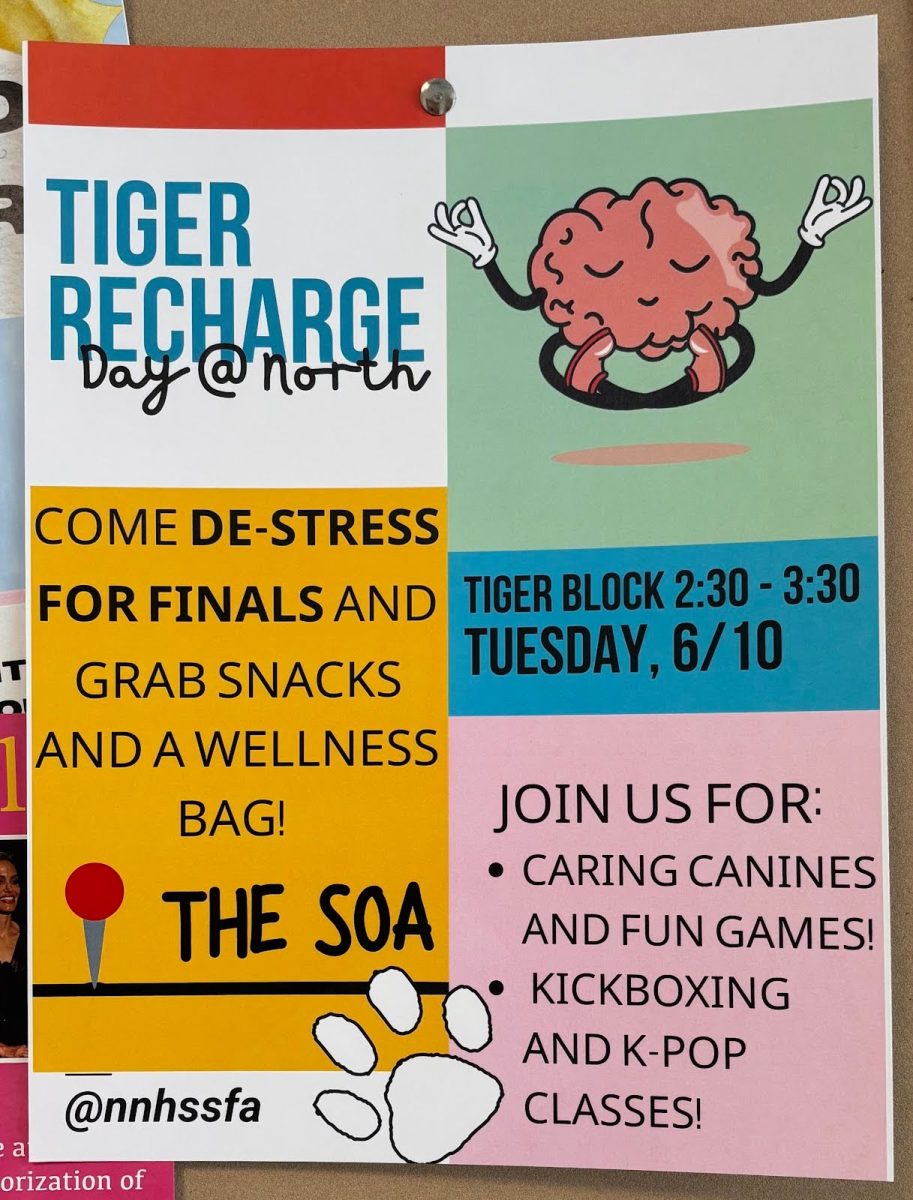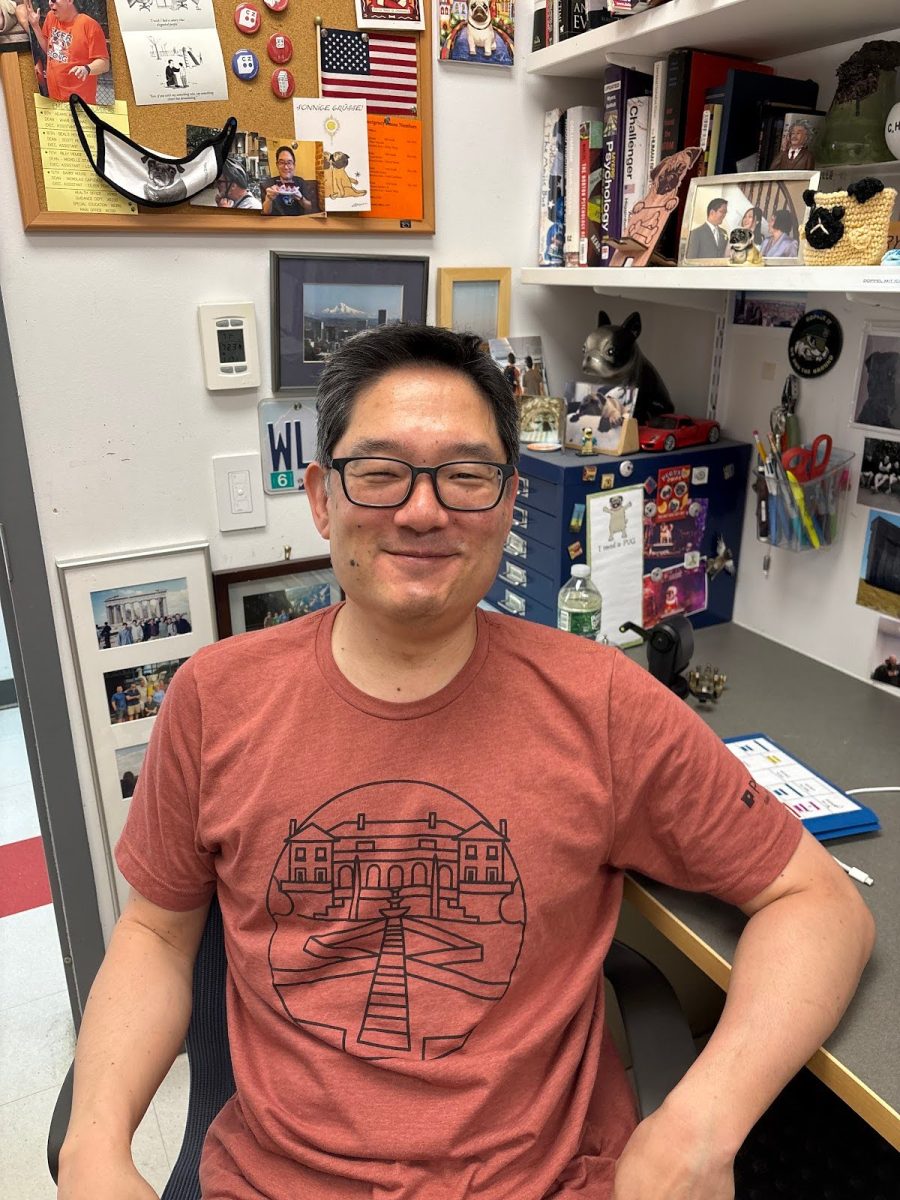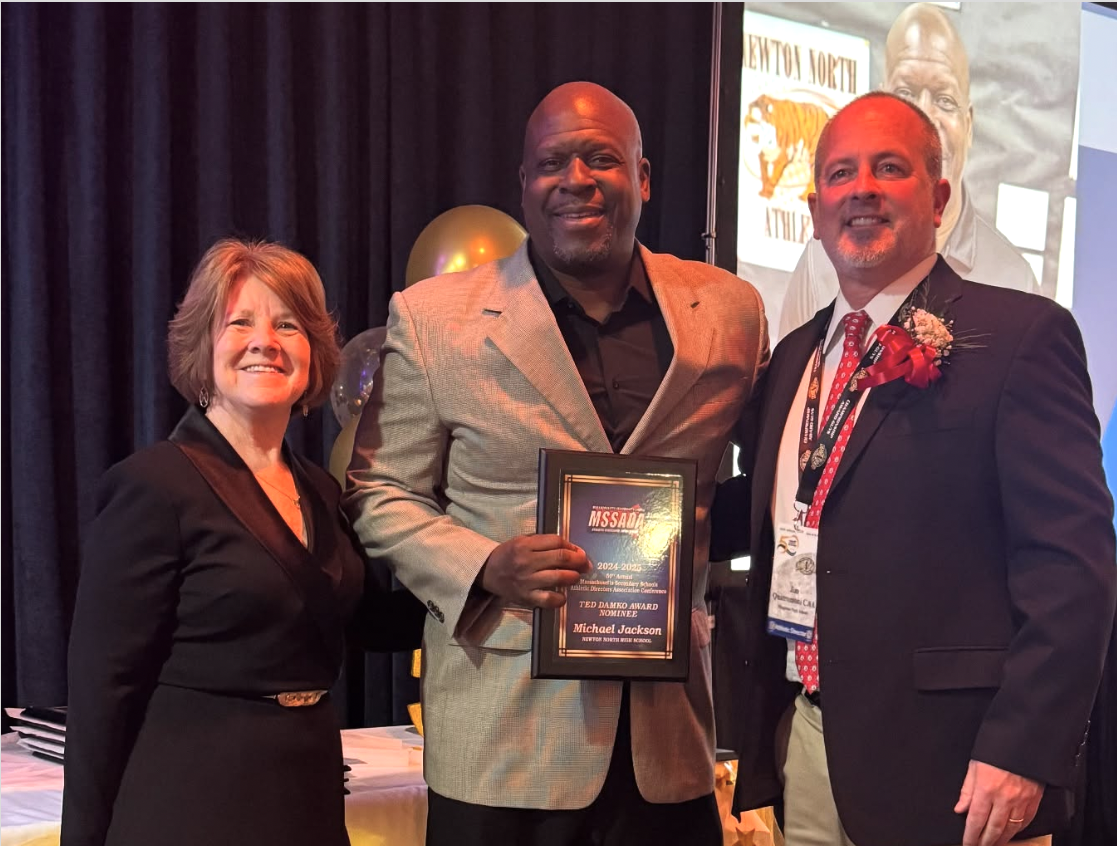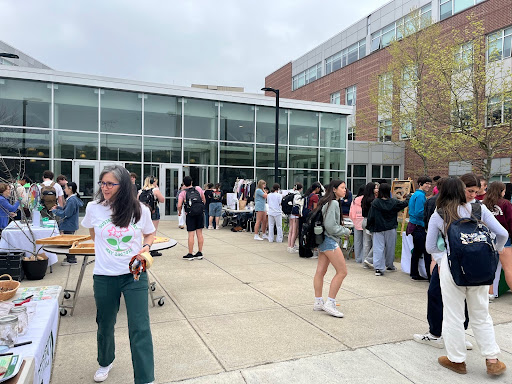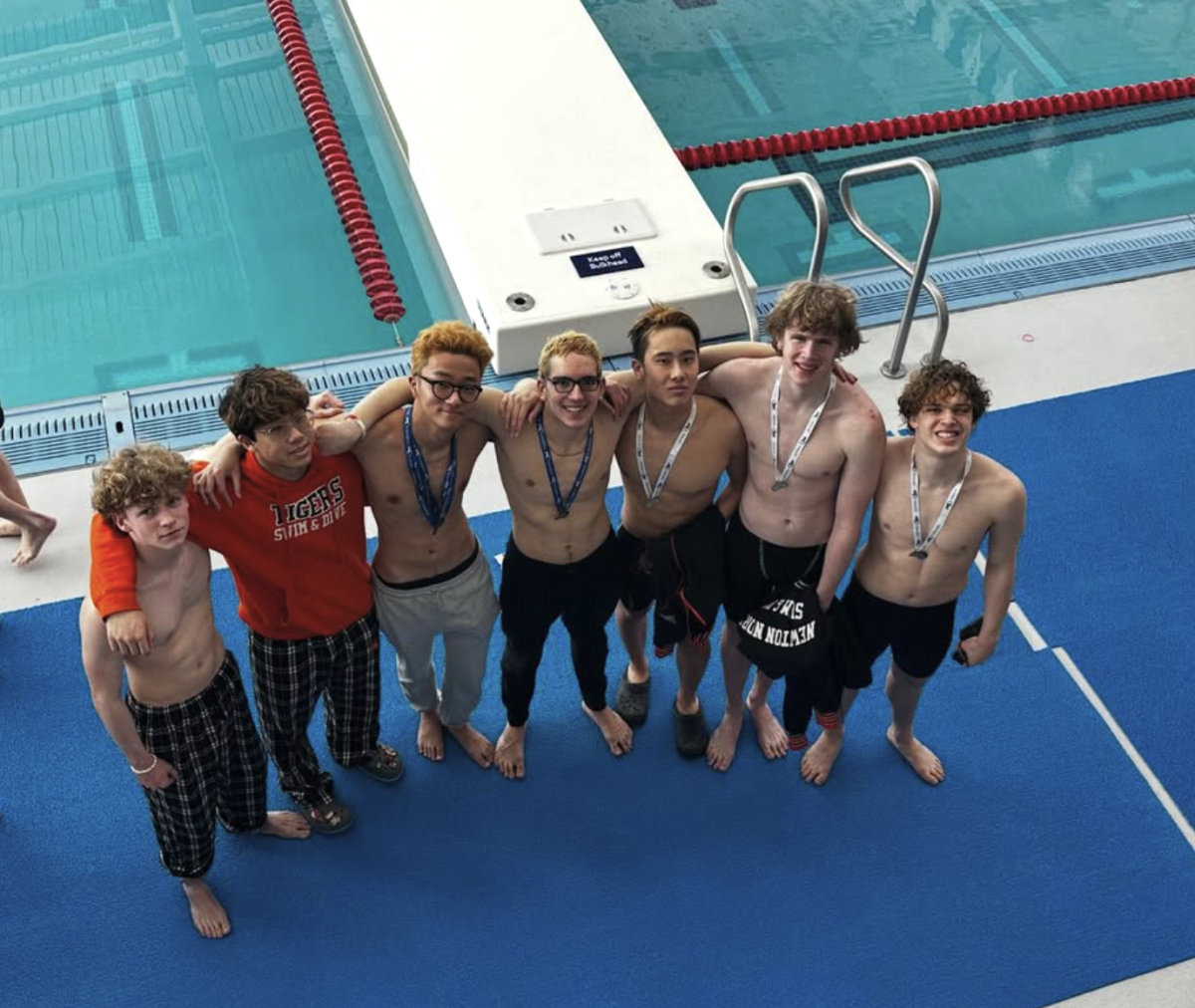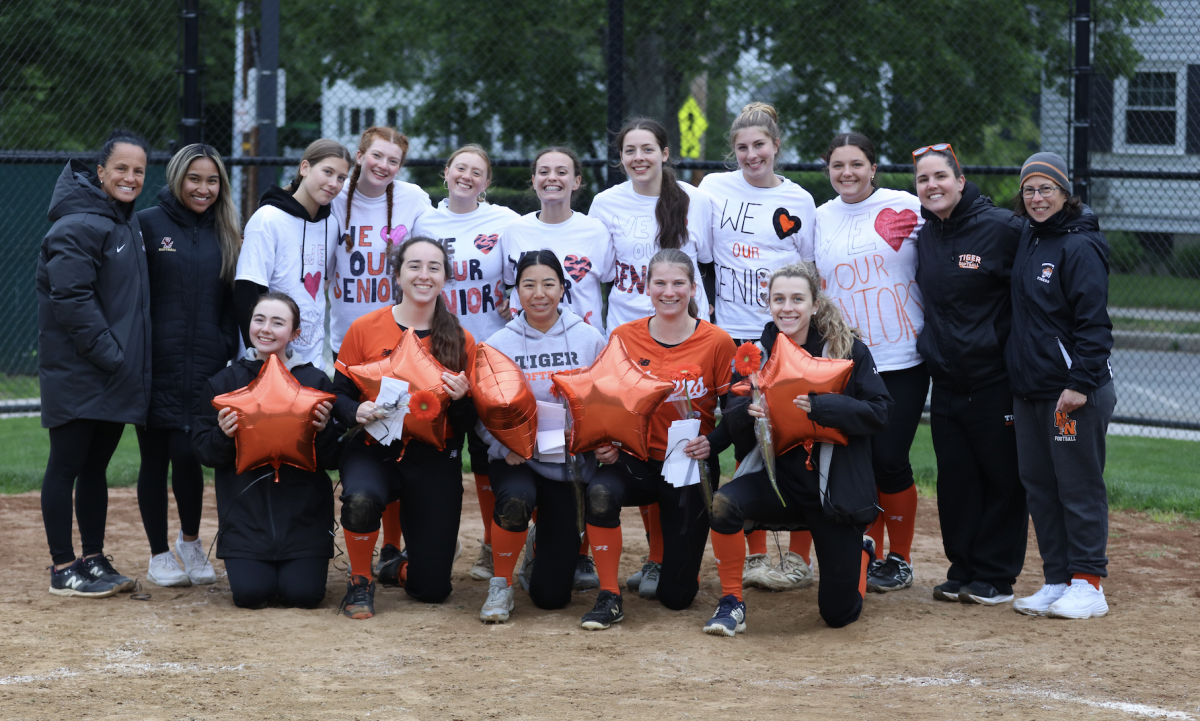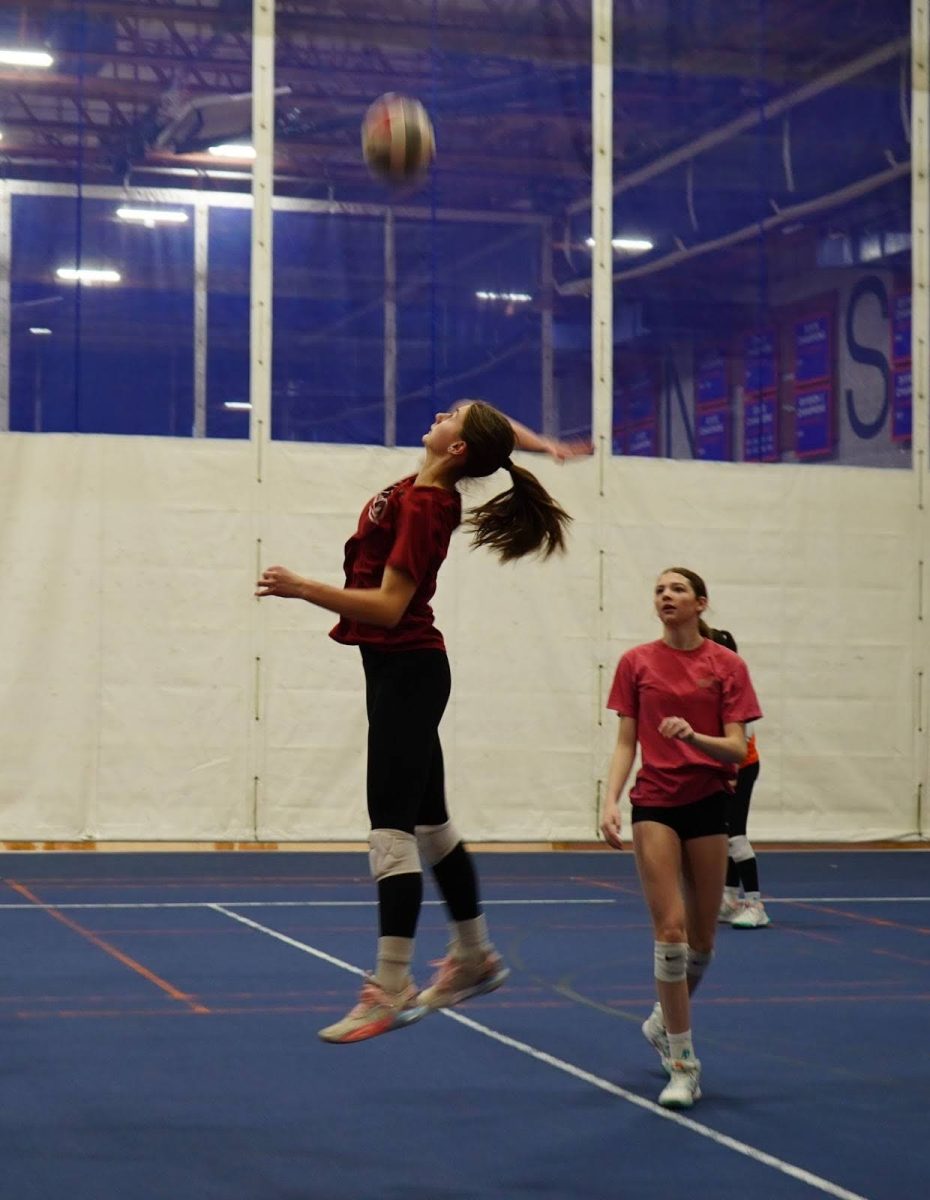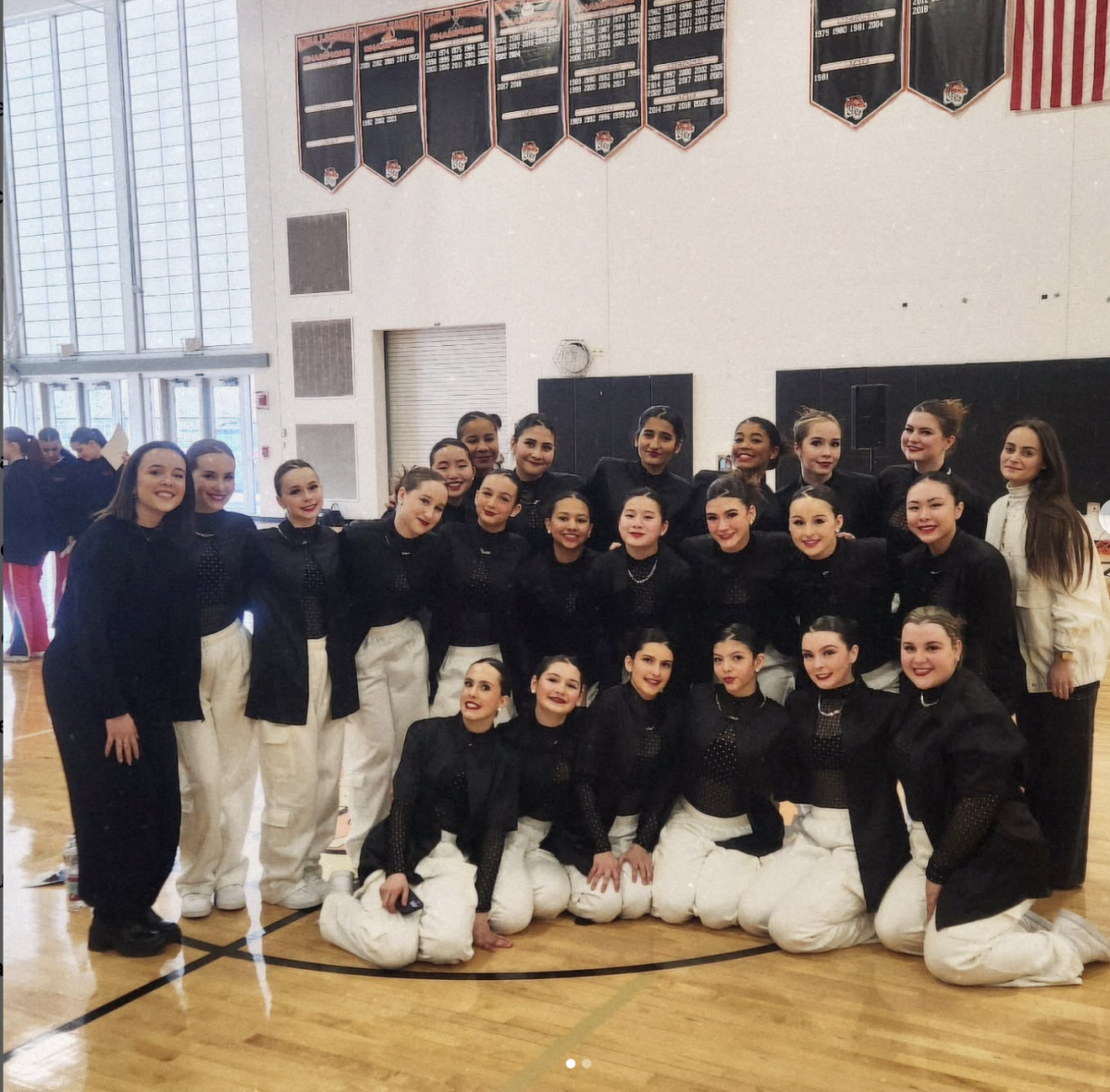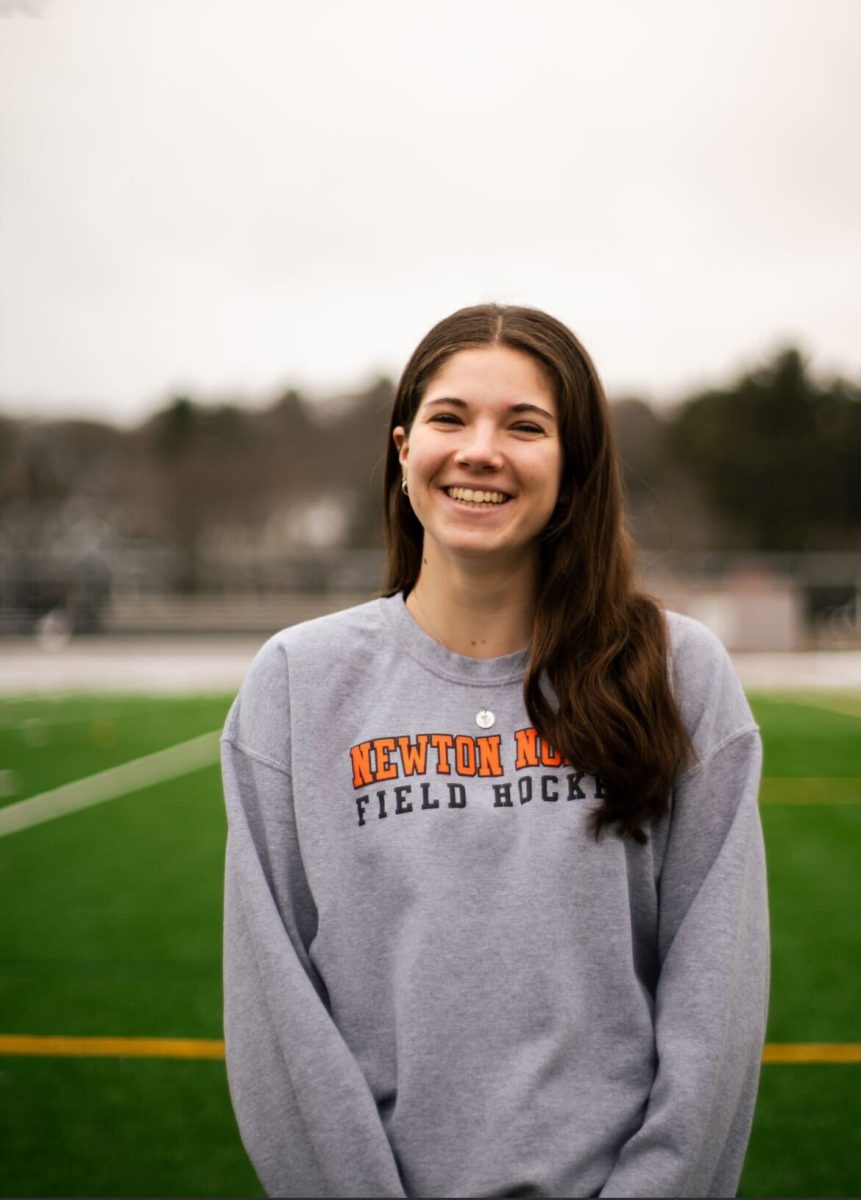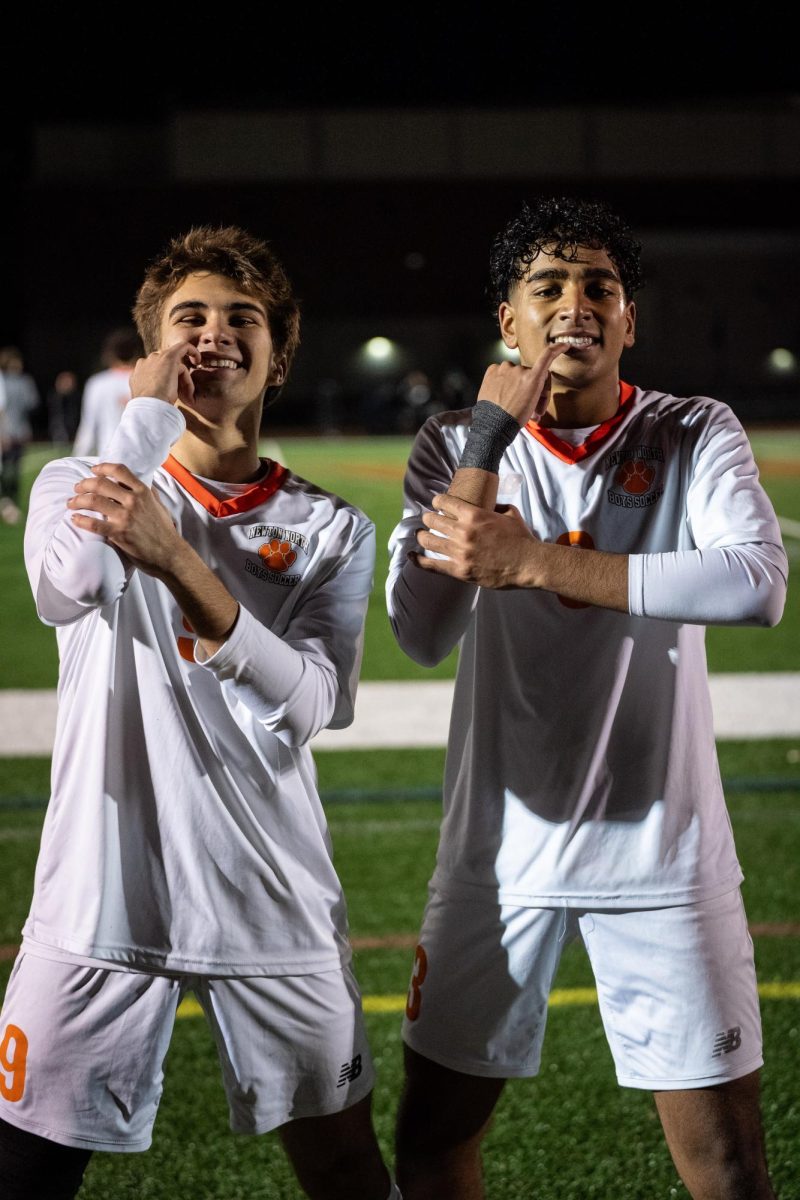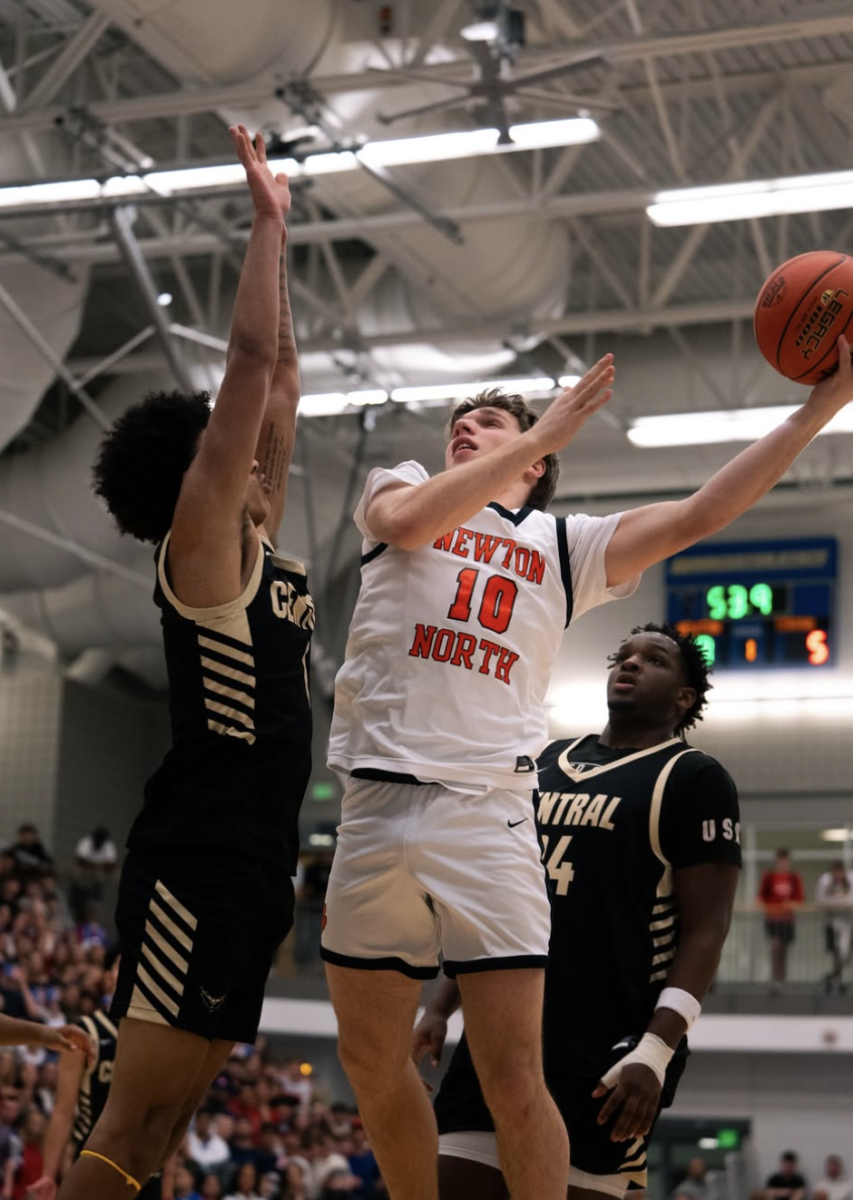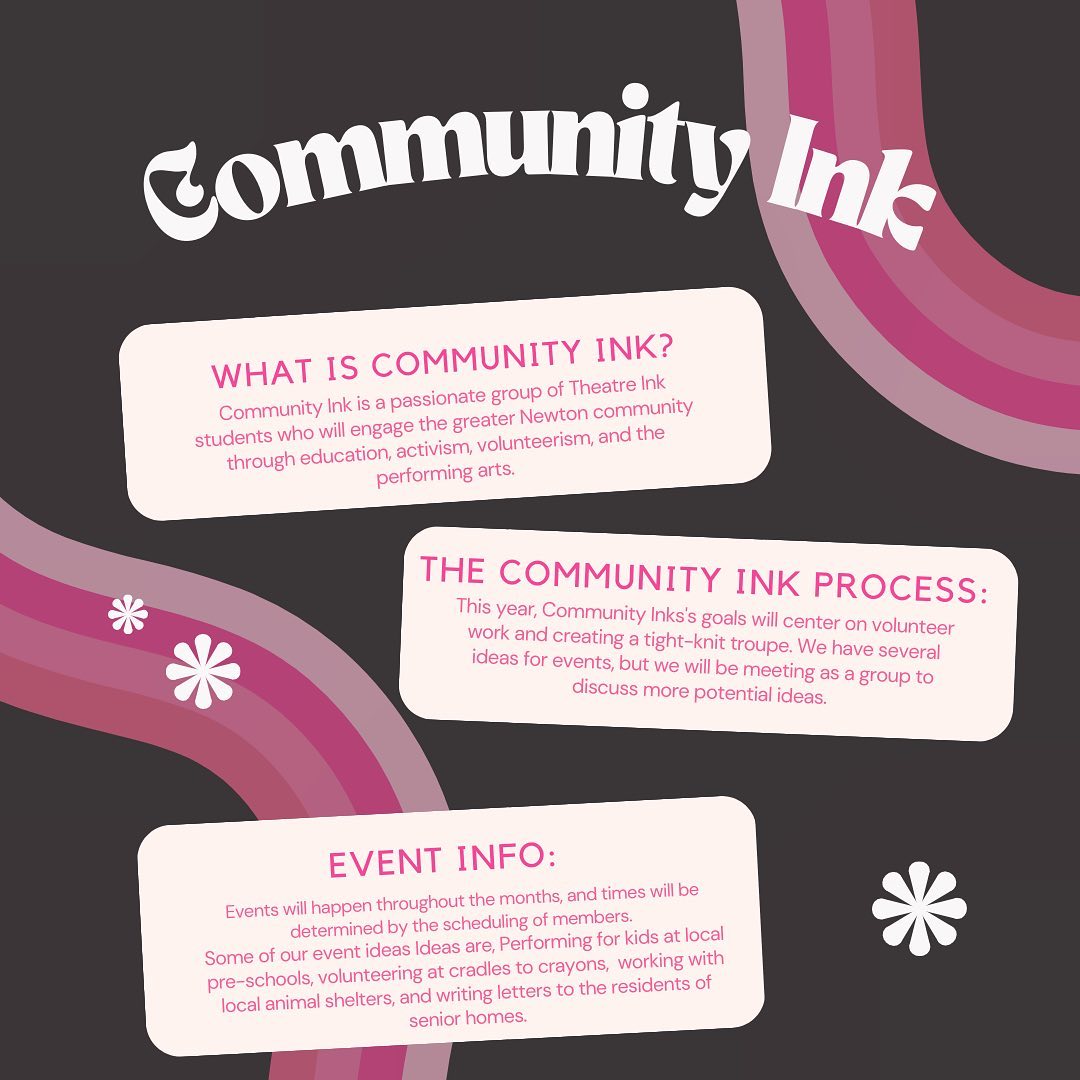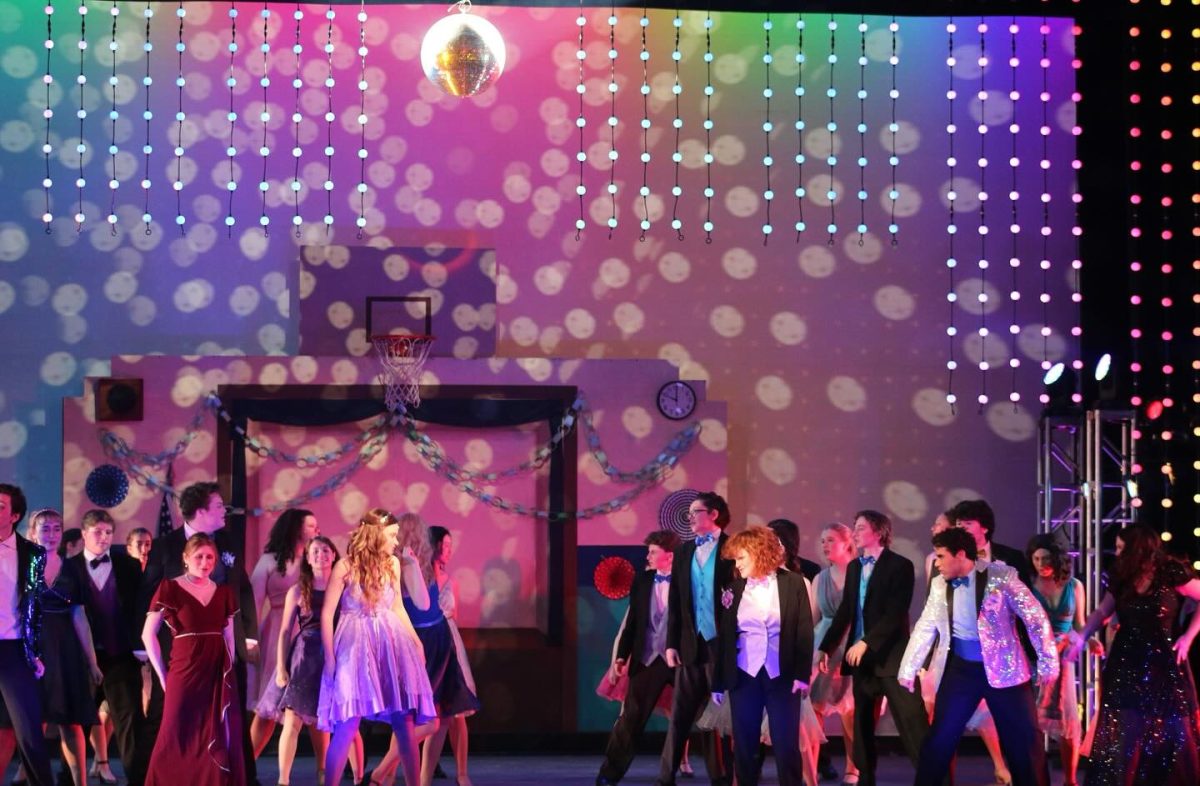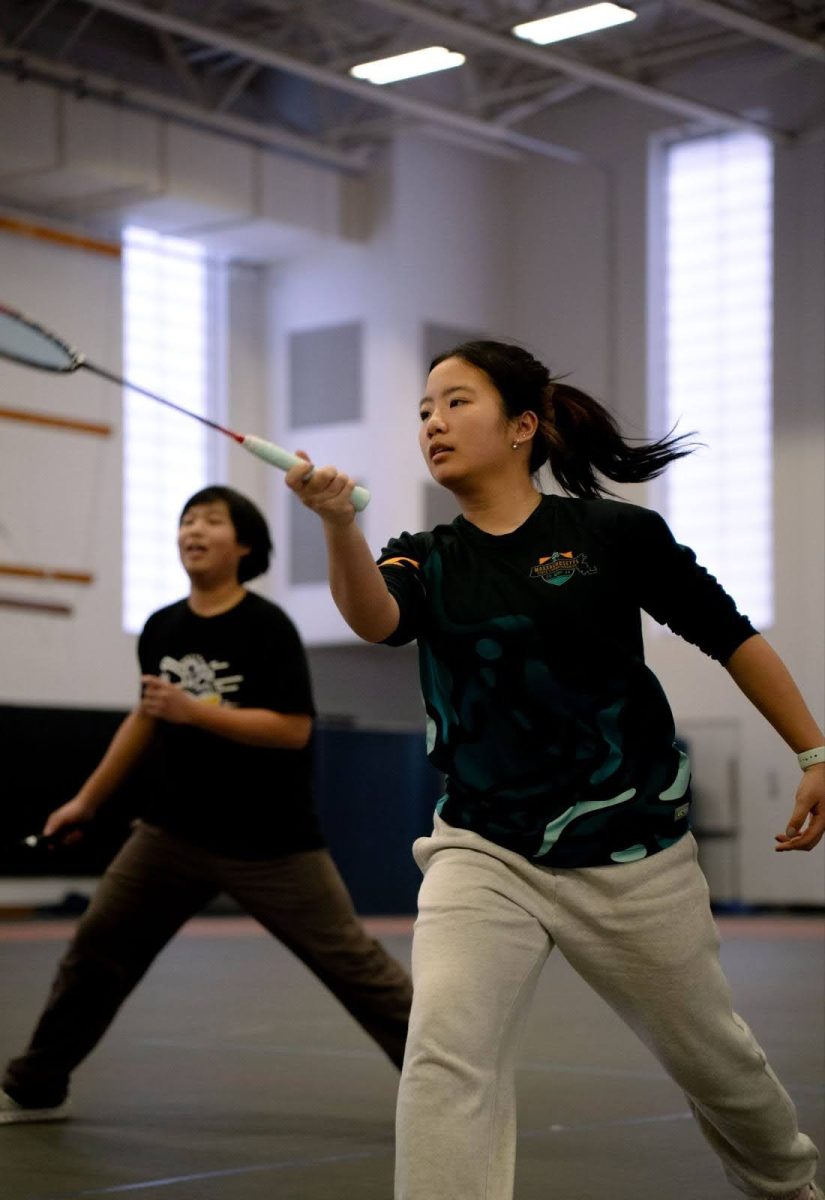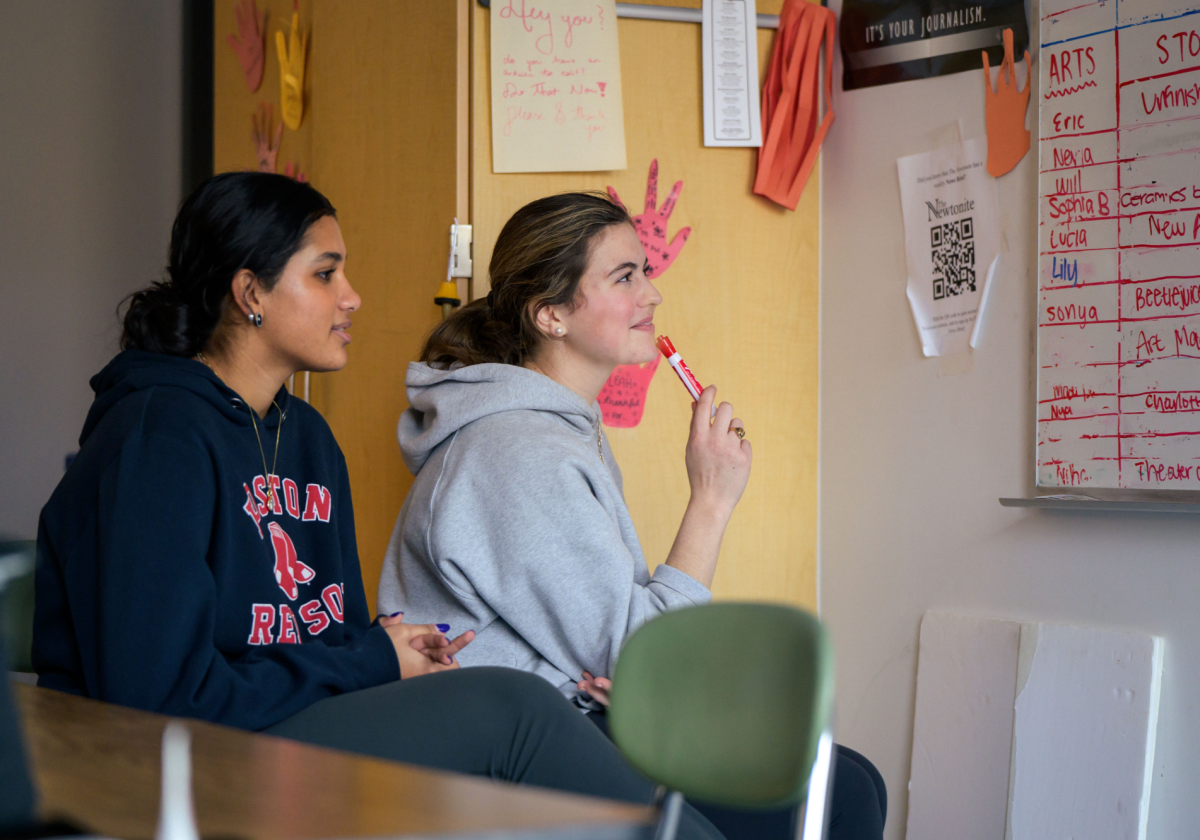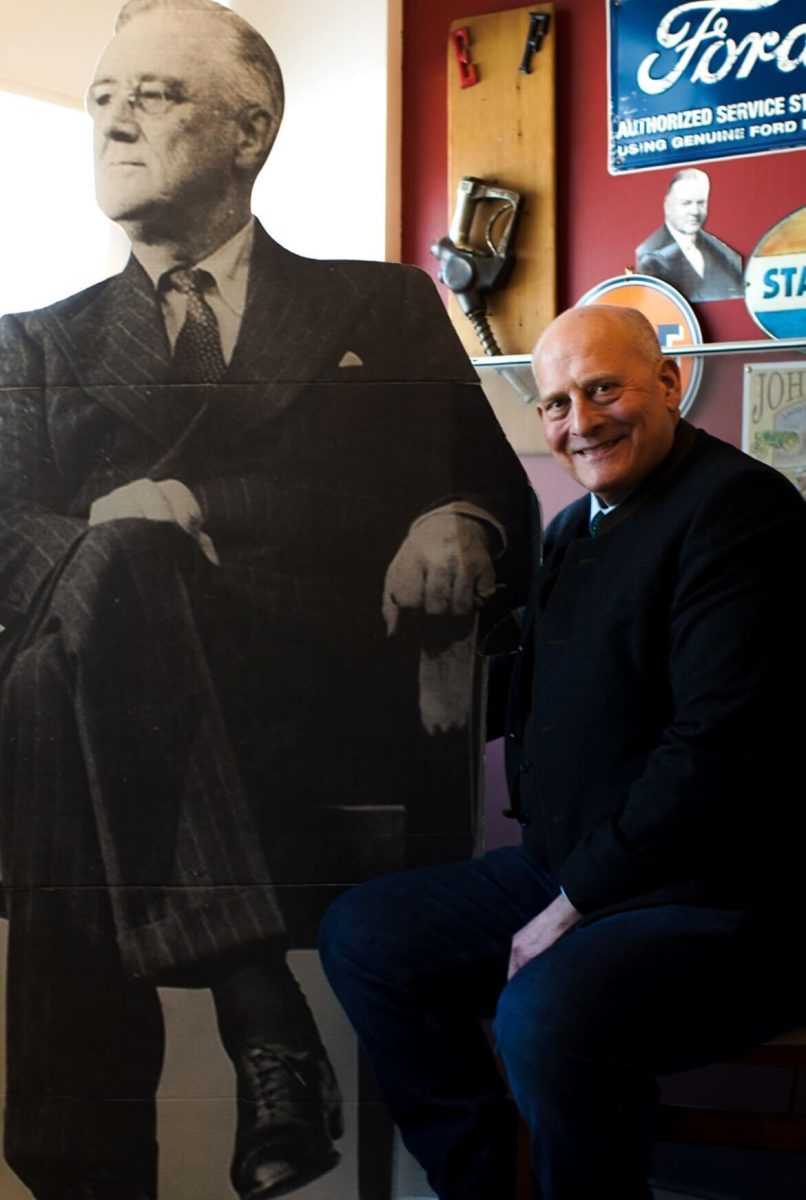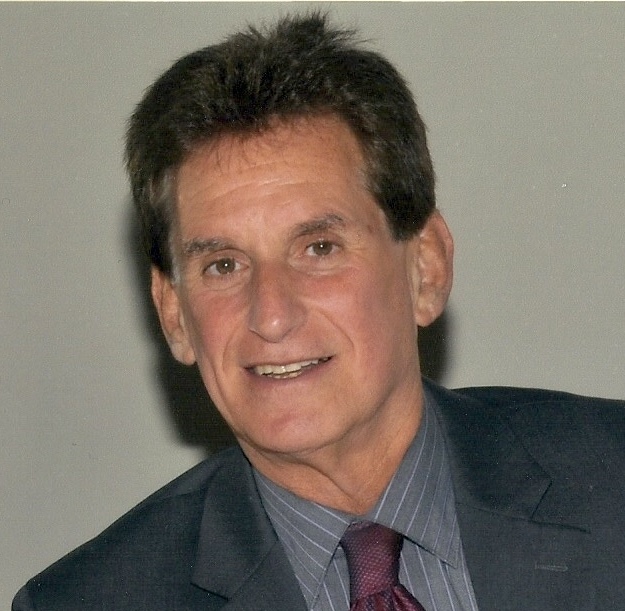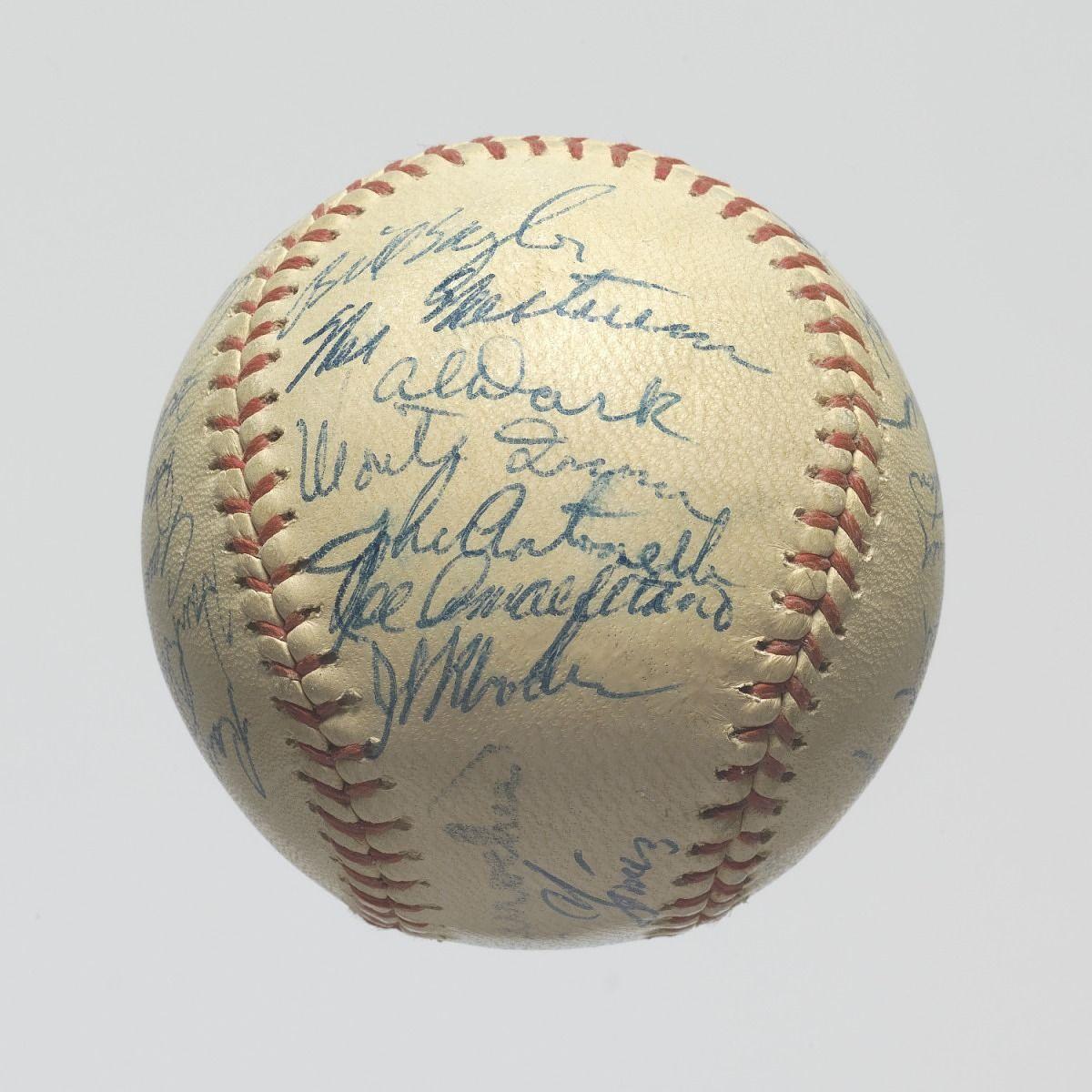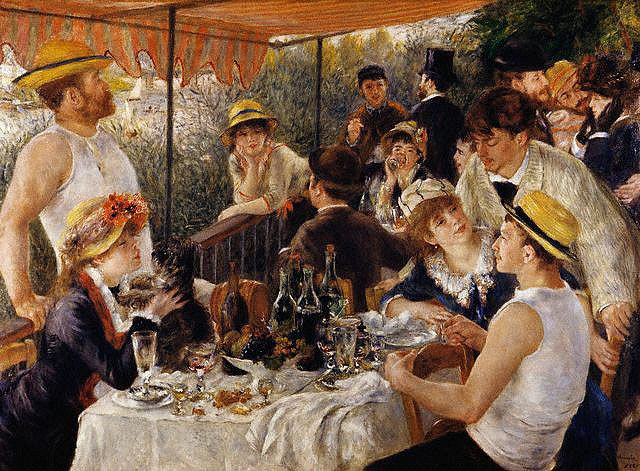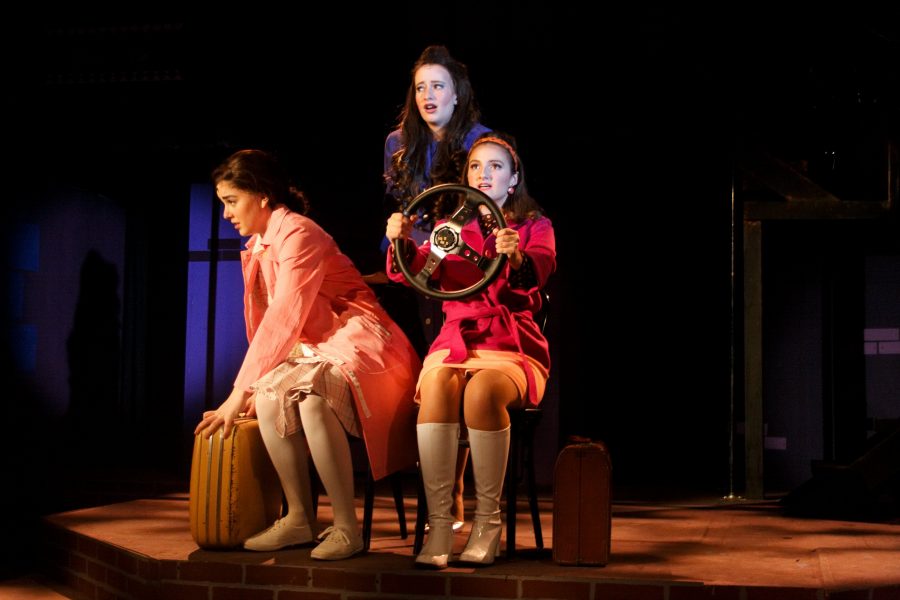We are all made of stars. Although we often feel disconnected, Theatre Ink’s Fly by Night reminds us that in the end, we are all connected because we are made of the same stuff.
Fly by Night, directed by seniors Nora Geffen and Emma Richmond, runs December 6 through 9 at 7:30pm in the Little Theater. Throughout the show, the motifs of light and darkness weave a shining, honest, light-dappled fable about a sandwich maker, Harold, played by junior Amar Ahmad and two sisters who change his life: Daphne, played by sophomore Sarah Bottino, and Miriam, played by senior Gabriella Avelino. According to Bottino, the show “is a story that beautifully mixes themes of love, grief, and the belief in fate and destiny like no other show I have ever seen before.”
The show makes use of every aspect of theater—lighting, set, music, staging, costumes—to create an immersive and moving experience that reminds audiences of our connections with one another. According to junior Kiley Smyth, an ensemble member, “the show leaves the audience with the idea that no matter how different you are from a person, whether it’s gender, race, religion, sexuality, age, ethnicity, we can still all understand each other and help each other out.”
Woven from multiple layers and meanings and lives, the show unfolds nonlinearly. Yes, it is about Harold the sandwich maker and Daphne and Miriam, but it is also about Harold’s father, played by senior Jonathan Champion, Harold’s boss, played by senior Anna Jones, and the director of a musical, played by sophomore Josh Lev. Yes, it is about Harold’s love triangle between Daphne and Miriam, but it also about death and darkness and grief. Yes, it is about the blackout of 1965, but it is also about the light we sometimes forget.
The story starts with a car crash—Miriam stands in the middle of the dark stage, and the sound of a crash fills the room. Then the narrator, played by senior Martha Bennett, enters, saying, “I never know where to begin,” kicking off the show’s nonlinear timeline that jumps from the car crash, to Harold playing his guitar at a bar two months ago, to five months before with Daphne and Miriam leaving South Dakota for Daphne to become a Broadway star, to New York City—and then it retraces its steps, replaying scenes but now with a backstory to provide context to the multiple layers underlying each scene.
At the beginning, the narrator’s monologue lays the groundwork for the show’s theme as she talks about the “invisible world” around us that connects everyone. The “invisible world” is always there, connecting the characters in unexpected twists and turns through symmetry and coincidence and fate. According to Jones, the importance of the show is that it reminds audiences “to make active choices to connect with people.”
And people are the heart of the show, living through light and darkness and reckoning with guilt and love and each other. All the characters are complicated, quirky, and three-dimensional. Daphne is an oblivious and self-centered yet driven girl from South Dakota who wants more than anything to star on Broadway. She drags her sister Miriam on this journey because of her cooking and pep-talking skills; throughout the drive to New York, Miriam reminds Daphne again and again that she’s “a star.”
Daphne embraces this sentiment in New York, singing “oh, stranger, look at me!” and “I can belt a high C!” at customers at the coat and shoes store at which she works. Bottino’s jubilant, hopeful voice and animation create this self-centered and naive character who somehow manages to be loveable because of how tenaciously she holds onto her dream.
According to Bottino, “I really relate to her because she has this lifelong dream of being an actress on Broadway and that is also my dream.” Her strong, exuberant voice enhanced an already three-dimensional character.
Furthermore, Ahmad’s portrayal of Harold, a nervous and naive sandwich-maker who plays his dead mother’s guitar in his spare time while ignoring his grieving father’s attempts to connect, was heart-wrenching and relatable. Ahmad artfully demonstrated Harold’s innocence and tentativeness.
Soon after the audience watches Daphne and Miriam head to New York and meet Harold, the action returns to the night before the sisters leave. While audiences members might have immediately perceived Miriam as a drudge who loves waiting in many forms—waitressing and staying home—the next few scenes paint a three-dimensional portrait of Miriam, thus reminding audiences that people are always more than they appear at first glance. Again and again, the audience is introduced to characters that they could easily make assumptions about, but then the character is traced back to their roots to create a real human instead of just a passing character.
Miriam’s first song, “Stars I Trust,” is set in the backyard of her South Dakota house. She sits on a swing in the darkness, staring at the stars—she is a self-proclaimed “astronomy nerd.” She tells the story of how her father taught her about astronomy and how when he grew sick, he read her a passage from a book that said we are all made of stars.
The song was a highlight of the show. Avelino’s wistfulness as she gazed up at the night sky and sang created a nostalgic and hopeful song that established a character rooted in her routines.
The show then wheels back to New York. Daphne meets Harold the sandwich-maker, who has abandoned his dreams to make ends meet, just like his boss Crabble whose life peaked when she was an air traffic controller in World War I.
Crabble is “really stuck in this routine of her life and quite cynical,” according to Jones. “I can relate to being afraid of and sometimes actually falling into monotony.” Throughout, Crabble’s repetition “of mayonnaise, meat, cheese, and lettuce” and snide remarks toward Harold created a compelling, humorous, and bitter character.
Although the show is quite dark, it is also peppered with humor. Crabble has a flashback to her days as an air traffic controller and her sequence of “mayonnaise, meat, cheese, and lettuce” turns into a dreamy and hilarious “go, yield, turn, and stop.” The show is somehow all at once a feel-good, contemplative, and tragic show because of its layering of the current of jokes and character quirks on top of the storyline’s darkness.
The cast of characters, completely different, yet all struggling to live fulfilling lives, is stunning in its depiction of the grief and love that constantly coexist in the real world and the contradictions and connections of humanity. According to Champion, whose character as Harold’s father is stuck in a cycle of grieving over his dead wife, “the audience can learn the importance of those around you, and how life isn’t about the actions you take or the things you do, but it’s about who you’re doing those things with,” paraphrasing a line from his character’s song in the show.
As the story skips around from prophecies to true love to falling out of love to waffles, the themes of light and darkness are returned to again and again. Crabble buys a sign with light bulbs for the sandwich shop, but immediately, one of the bulbs goes out. Miriam counts three stars above her and Daphne’s apartment on their first night in the city. Harold sings about sea turtles, usually guided by the light of the moon, being misled by the lights of a highway. This all culminates in a blackout. The theater goes completely dark, and slowly, glittering spots of light—stars—emerge all around, dappling the audience and the ceiling.
As people leave their houses because of the blackout, they begin to reconnect and talk and laugh. And this is where the love triangle between Harold and Daphne and Miriam comes to a head, ending where the show began: with a car crash and the audience plunged into darkness.
Yet although the show ends with a rush of darkness, the audience is left thinking about light. All in all, the production is a reminder that stars exist as lights in a sea of darkness, and that, of course, we are all made of stars.
Categories:
'Fly by Night' immerses audiences in story of light and darkness
December 14, 2017
Tags:
Donate to The Newtonite
More to Discover


